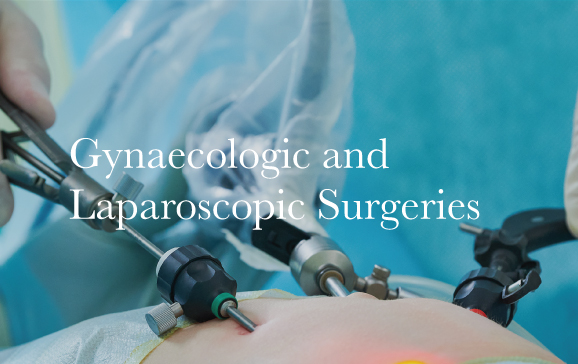

- Gynecological Surgeries
- Laparoscopic Surgeries
- Intrauterine Contraceptive Devices
- Tubal Ligation
- Adhesiolysis
- Hysteroscopy And Polyps
- Laparoscopic-Oophorectomy
- Laparoscopic-Treatment-For Ectopic Pregnancy
- Radical-Hysterectomy
- Bilateral-Endometriotic Cyst Treatment
- Laparoscopic Myomectomy
- Laparoscopic Ovarian Cystectomy
- Laparoscopic-Tubal Ligation Aftercare
- Uterine-Prolapse
- Hysteroscopic-Resection-Of Submucosal Fibroids
- Laparoscopic-Hysterectomy
- Pelvic-Inflammatory Disease Pid
- Vaginal-Vault Prolapse Repair
- Gynecological Surgeries
- Laparoscopic Surgeries
- Intrauterine Contraceptive Devices
- Tubal Ligation
- Adhesiolysis
- Hysteroscopy And Polyps
- Laparoscopic-Oophorectomy
- Laparoscopic-Treatment-For Ectopic Pregnancy
- Radical-Hysterectomy
- Bilateral-Endometriotic Cyst Treatment
- Laparoscopic Myomectomy
- Laparoscopic Ovarian Cystectomy
- Laparoscopic-Tubal Ligation Aftercare
- Uterine-Prolapse
- Hysteroscopic-Resection-Of Submucosal Fibroids
- Laparoscopic-Hysterectomy
- Pelvic-Inflammatory Disease Pid
- Vaginal-Vault Prolapse Repair
Uterine Prolapse
The uterus is secured in its place by a bunch of strong muscles and ligaments. When the area is stretched unusually it weakens these muscles and this can cause a uterine prolapse which is also termed pelvic floor hernia. In case of a uterine prolapse, there is a slipping of the uterus from its position into the vagina. There can be two kinds of prolapse – complete and incomplete. In case of a complete Uterine Prolapse, the uterus sags completely with some tissues remaining outside the vagina. In case of an incomplete Uterine Prolapse, the uterus sags partially.
A uterine prolapse occurs in several stages:
- First Degree Uterine Prolapse: In this case the cervix sags into the vagina
- Second Degree Uterine Prolapse: In this case the cervix is just at the opening of the vagina
- Third Degree Uterine Prolapse: In this case the cervix outside the vagina
- Fourth Degree Uterine Prolapse: also termed as procidentia, here the whole uterus is outside the vagina
DOCTORS

Dr. Kavya Krishna Kumar
MBBS, FMAS, MS
Consultant - Obstetrician & Gynaecologist
Alwarpet, Chennai

Dr. Sireesha Reddy
MBBS, CCT, MD OBG, FRCOG
Consultant - Obstetrician & Gynaecologist
Bangalore, Hebbal

Dr. Aarthi Bharat
MBBS, MD
Consultant - Obstetrician & Gynaecologist
Banashankari, Bangalore

Dr. Dhanalakshmi R
MBBS, DNB (Pediatric), MRCP CH, Followership in Neonatal Neonatal medicine(UK), PGPN (Boston university,USA), IPPN, ACLP
Consultant - Paediatrician and Neonatologist
Bangalore, HRBR Layout


























 Toll Free Number
Toll Free Number





